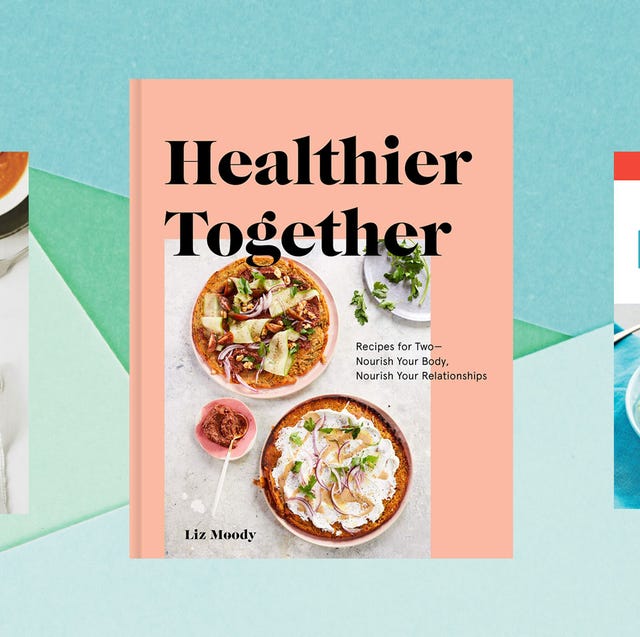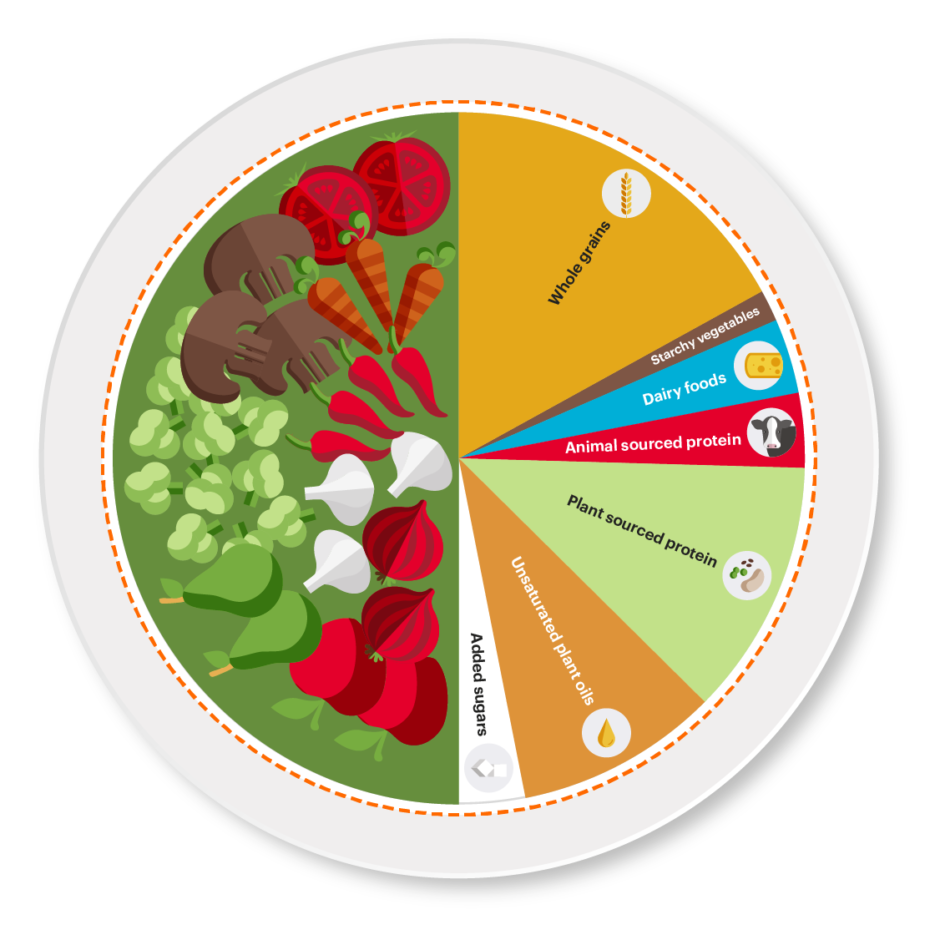
There are many misconceptions surrounding fad diets and how they differ from real health recommendations. The reality is that there are no such diets. Some fads offer a glimpse into the health benefits associated with certain foods but they are not sustainable or healthy. These plans are usually not endorsed by the medical profession and often don't follow sound nutritional principles. Fad diets are often misleading and do not promote healthy eating.
These diets can help you lose weight, but they are not good for your health. Many of these diets are based upon misleading information. These diets promise fast results but are not realistic. They are often claimed to be the only way for you to lose weight, and to provide health benefits. These programs are not scientifically supported and are based on unproven trials and single testimonials. These programs are not meant to be the only way to lose weight or keep it off.

These diets may also promote a specific cause of weight loss. While some diets are based on one food group or promote one type of food, they often offer temporary fixes and are not sustainable. These diets will not last long and can lead to weight gain.
Fad diets do not work, as with many things in this life. Fad diets are temporary fixes to weight loss, but they don't make lasting changes. An example of a fad is the Atkins diet. This allowed people to eat protein (fat), carbohydrates and some other foods, but not bread. Although this popular diet lost its popularity quickly, it is still very popular today. While the Atkins diet is still very popular, there has been a major shift in its popularity.
Fad diets will not work for weight loss. Fad diets can result in nutritional deficiencies and a slowing down of the body's metabolism. A person who follows a fad diet will hold onto the calories that it eats for a long time. This can cause them to gain weight if their eating habits return to normal. Fad diets can make it hard to lose weight and live a healthy life.

Another type is the low carb diet. This diet is based upon eating animal meat. It is high in protein but low in carbohydrates. It's opposite of the vegan lifestyle, which eats only plant-based meals. This diet is low in carbohydrates and can lead to weight gain or infertility. In addition, these diets tend to restrict the amount of exercise you can do.
FAQ
Exercise: Good and bad for immunity?
Your immune system is strengthened by exercise. Your body makes white blood cells that fight infections when you exercise. You can also eliminate toxins from the body. Exercise helps to prevent heart disease and cancer. Exercise also helps to reduce stress levels.
But, too much exercise can lead to a weakening of your immune system. Your muscles can become sore if you exercise too much. This can cause inflammation as well as swelling. To fight infection, your body will produce more antibodies. However, these antibodies can also cause allergic reactions and autoimmune diseases.
So, don't overdo it!
How do I count calories?
You might be asking "What is the best diet?" or "is counting calories necessary?" It depends on many factors such as your current health, personal goals, preferences, and overall lifestyle.
The Best Diet - Which One Is Right To You?
My current health status, personal goals, preferences, and overall lifestyle all play a role in choosing the right diet. There are many different diets, some good and some not so good. Some work well for certain people while others don't. What should I do then? How do I make a good decision?
These are the main questions addressed by this article. It starts with a brief introduction of the different types of diets available today. Then, the pros and cons of each type of diet are discussed. The final step is to determine which one is right for you.
Let's start by taking a look at the various types of diets.
Diet Types
There are three main types of diets: low fat, high protein, and ketogenic. Let's discuss them briefly below.
Low Fat Diets
A low fat diet is a diet that restricts the amount of fats consumed. This is done by reducing your intake of saturated oils (butter, cream cheeses, etc.). and replacing them with unsaturated fats (olive oil, avocados, etc.). A low fat diet is often recommended for those who want to lose weight quickly and easily. This type of diet can lead to constipation and heartburn as well as indigestion. If a person doesn’t receive enough vitamins from their foods, this can lead to vitamin deficiency.
High Protein Diets
High-protein diets limit carbohydrates and favor proteins. These diets often have higher levels of protein than most other diets. These diets are meant to increase muscle mass, and burn more calories. They may not be able to provide sufficient nutrition for people who need it. They are also very restrictive, so they might not be appropriate for everyone.
Ketogenic Diets
Also known as keto diets, ketogenic diets are also called keto diets. They are high fat and moderately carbohydrate and protein-rich. These are often used by bodybuilders and athletes because they allow them the ability to train harder and for longer periods of time without feeling tired. To avoid side effects such as fatigue, nausea, headaches, or other unpleasant side effects, you must strictly adhere to their instructions.
What's the difference between a virus & a bacterium?
A virus is a microscopic organism that cannot reproduce outside its host cell. A bacterium can be described as a single-celled organism which reproduces by splitting in two. Viruses have a very small size (about 20 nanometers), while bacteria is larger (up to one micron).
Viruses are often spread through contact of infected bodily fluids like saliva, urine or semen. Bacteria can be spread by direct contact with infected objects and surfaces.
Viral infections can be transmitted through skin cuts, scrapes and bites. They may also enter through the nose, mouth, eyes, ears, vagina, rectum , or anus.
Bacteria can enter the body through wounds. They may also come into our bodies through food, water, air, soil, dust, or animals.
Viruses and bacteria both cause illness. Viruses cannot multiply in their host cells. They only cause disease when they infect living tissue.
Bacteria can cause illness by multiplying in the body. They can even invade other parts of the body. We need antibiotics to get rid of them.
Statistics
- WHO recommends reducing saturated fats to less than 10% of total energy intake; reducing trans-fats to less than 1% of total energy intake; and replacing both saturated fats and trans-fats to unsaturated fats. (who.int)
- WHO recommends consuming less than 5% of total energy intake for additional health benefits. (who.int)
- The Dietary Guidelines for Americans recommend keeping added sugar intake below 10% of your daily calorie intake, while the World Health Organization recommends slashing added sugars to 5% or less of your daily calories for optimal health (59Trusted (healthline.com)
- nutrients.[17]X Research sourceWhole grains to try include: 100% whole wheat pasta and bread, brown rice, whole grain oats, farro, millet, quinoa, and barley. (wikihow.com)
External Links
How To
How to stay motivated and stick to healthy eating habits and exercise
Staying healthy is possible with these motivation tips
Motivational Tips For Staying Healthy
-
Make a list with your goals
-
Realistic goals
-
Be consistent
-
Reward yourself when you achieve your goal
-
If you fail the first time, don't lose heart
-
Have fun!